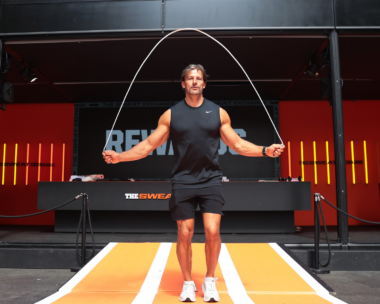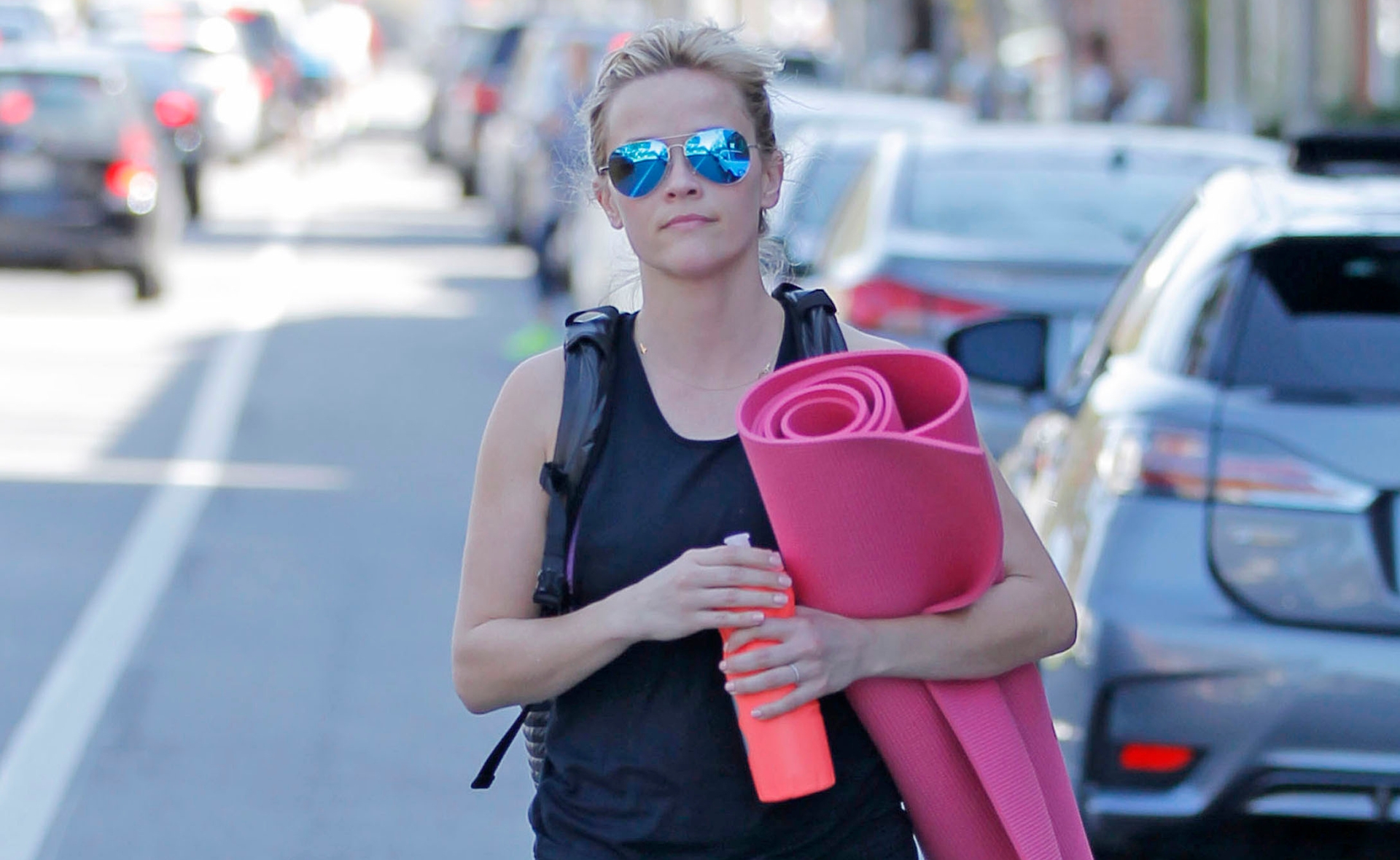This month we talk to Dr George Janko, Medical Director, McKinnon Sports Medicine centre on why it’s worth perfecting your posture when you’re active.
Spine in line?
You only have to look at a spine to see how its various curves may, affect the pressure areas on discs, facette joints, spinal nerves, ligaments and muscles. Correct and incorrect posture can alter those curves and result in different stresses by changing the centre of gravity. These stresses are compounded through physical activity and sport.
Posture starts at the head and works its way down or on the other hand starts at the feet and works its way up. Even in books looking at the progress of homo sapiens (homo erectus) in evolution, man is portrayed as somewhat hunchbacked. The head protrudes forward on the neck, the shoulders are rounded, the stomach protrudes forward with a sway back, and the knees are fully extended with the hips tilted back. As a result there is a natural tendency for our feet to be pronated causing possible patellar (kneecap) tracking problems and weak muscles of the thigh. Tightness and weakness in the medial gastrocnemius muscles of the calves, bunions of the big toes and clawing appearance of the other four toes may also occur. The good news is with the correct diagnoses and treatment by a sports physician, many of our sports niggles can be reversed by getting to the cause of the problem. Let’s meet Alan…
Case study
Alan was a 68 year old retired man who loved tinkering with his car and gardening. His problem was that whenever he did either of these tasks he would pay for this for days with back pain and stiffness. His back problems started many years ago when he lifted a heavy weight at work. He had played football as a youngster and had also been involved in a couple of car accidents.
Alan had been attending a local chiropractor regularly for many years. Each time however his symptoms would come back after a couple of weeks. On examination he had a stooped posture with an obviously sway back. His abdominal muscles were very weak especially his lower abdominals and obliques so important in stabilizing the pelvis. The nerve stretch was very tight causing radiating back pain at one extreme of movement. Alan was given an exercise program including nerve stretches and stomach strengthening. He phoned back a month later saying that he could not believe the improvement. He had no need for any treatment over the last month and had no pain during and after the activities which had previously troubled him.




